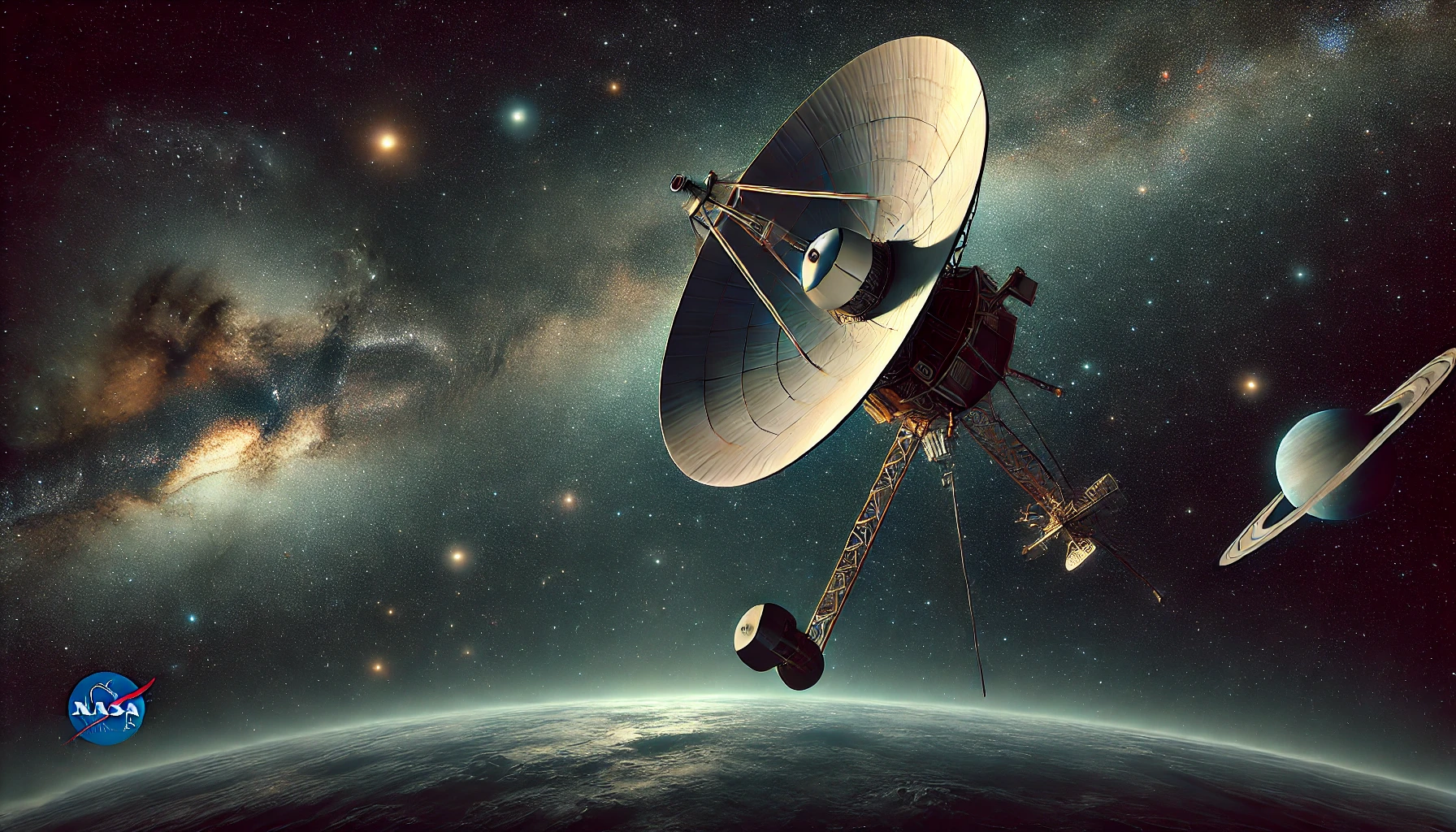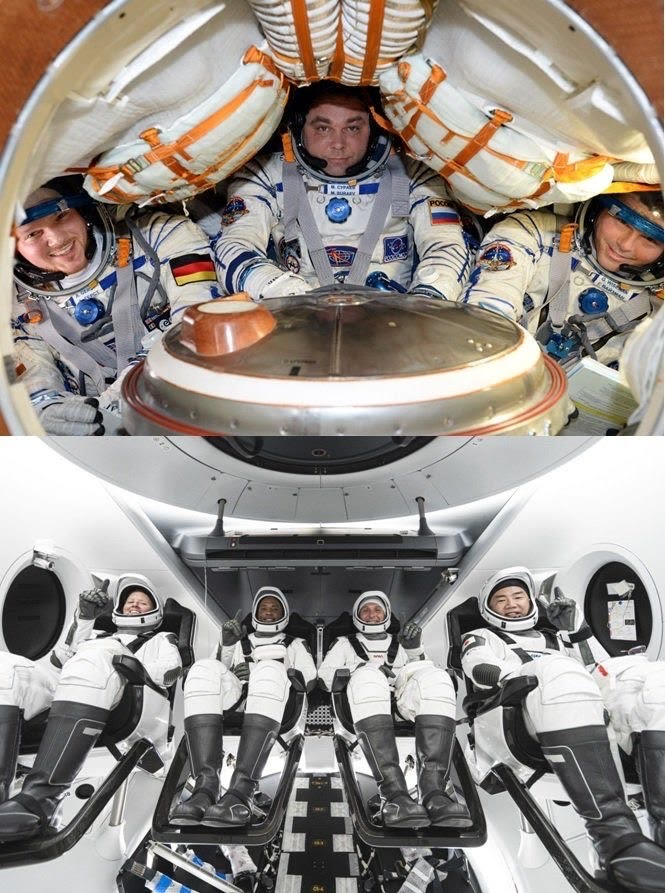
NASA’s 47-year-old Voyager 1, currently over 15 billion miles from Earth in interstellar space, reestablished contact after an unexpected communication interruption on October 16. Engineers at NASA’s Jet Propulsion Laboratory (JPL) in California revived the connection on October 24 using a radio transmitter that hadn’t been in use since 1981.
The brief silence occurred due to a shutdown of the spacecraft’s primary transmitter, potentially triggered by its fault protection system designed to conserve power when levels run high. The communication lag between Earth and Voyager 1 takes about 23 hours each way, adding complexity to the troubleshooting process. After losing signal completely on October 18, NASA engineers discovered the fault protection system had shifted communication to a secondary, lower-power “S-band” transmitter, idle since 1981.

Although Voyager 1’s main transmitter, known as the “X-band,” has been reliable for years, NASA has opted to continue with the S-band while investigating the issue further to avoid risks to the spacecraft’s delicate systems. On October 22, engineers sent a test message to the S-band, successfully confirming its function on October 24. However, they intend to switch back to the primary transmitter once they understand the fault cause.
Launched in 1977 and crossing into interstellar space in 2012, Voyager 1 has been a trailblazer, discovering Jupiter’s thin rings, new moons, and Saturn’s G-ring. It became the first human-made object to pass beyond the heliosphere, where cosmic forces outside our solar system surpass those from the Sun.
Voyager I is a NASA space probe launched on September 5, 1977, as part of the Voyager program, which aimed to study the outer planets and beyond. It was launched shortly after its twin, Voyager II, but it quickly overtook it and is now the farthest human-made object from Earth, traveling over 15 billion miles (As on this day and year).
Primary Mission and Key Discoveries
Voyager I’s initial mission was to study Jupiter and Saturn, which it accomplished by 1980. During its flybys, it captured unprecedented images and gathered data that reshaped our understanding of these gas giants and their moons. Notable discoveries include:
1. Jupiter: Voyager I revealed the planet’s complex cloud structures, dynamic weather patterns, and strong magnetic field. It also discovered volcanic activity on Io, one of Jupiter’s moons, marking the first observation of active volcanism beyond Earth.
2. Saturn: The probe studied Saturn’s rings, providing detailed images and insight into their structure. Voyager I also explored Saturn’s largest moon, Titan, noting its thick atmosphere, which intrigued scientists and eventually led to future missions like Cassini-Huygens.
Golden Record

Voyager I carries a unique artifact: a “Golden Record” containing sounds and images from Earth. This record was designed as a message to any extraterrestrial civilization that might encounter the probe, showcasing Earth’s diverse cultures, languages, and natural sounds.
Interstellar Journey
In August 2012, Voyager I became the first spacecraft to enter interstellar space, leaving the heliosphere (the bubble-like region dominated by the Sun’s solar wind) and moving into the space between stars. This milestone provided valuable data on the nature of the boundary between our solar system and interstellar space, contributing significantly to astrophysics.
Current Status
Voyager I continues to send data back to Earth, despite its vast distance and the limitations of its power supply. Its nuclear power source, however, is gradually depleting, and NASA expects it may only be able to sustain minimal operations through the late 2020s or early 2030s. The probe will continue its silent journey even after it ceases to transmit, possibly drifting through interstellar space for billions of years.
Voyager I’s contributions to space exploration are immense, offering humanity a glimpse into the farthest reaches of our solar system and beyond.






